Peggy Miars is executive director of the Organic Materials Review Institute (OMRI), a nonprofit organization that evaluates inputs for use in certified organic agricultural operations in the US, Canada, and Mexico. Prior to OMRI, Peggy was executive director of California Certified Organic Farmers (CCOF), and she also held positions at Earthbound Farm and Whole Foods. OPN recently caught up with Peggy to talk about the history and mission of OMRI, some common misconceptions about the organization, recent trends in organic materials, and more.
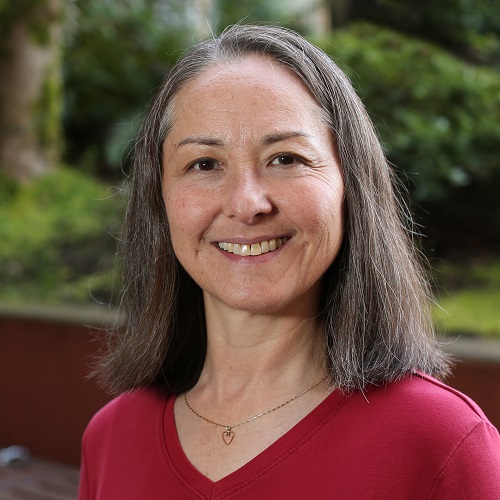
Peggy Miars, Executive Director, Organic Materials Review Institute (OMRI)
What is the history and mission of OMRI?
OMRI was formed in 1997 when a group of organic stakeholders, including certifiers and businesses, saw the need for a neutral materials review organization. The certifiers had been operating since the early 1970s, so they had some experience under their belts, and they said, you know, we need another organization to do the materials review so that we can focus on doing the certification. So some of the organic businesses in that group provided the initial funding to get OMRI up and running.
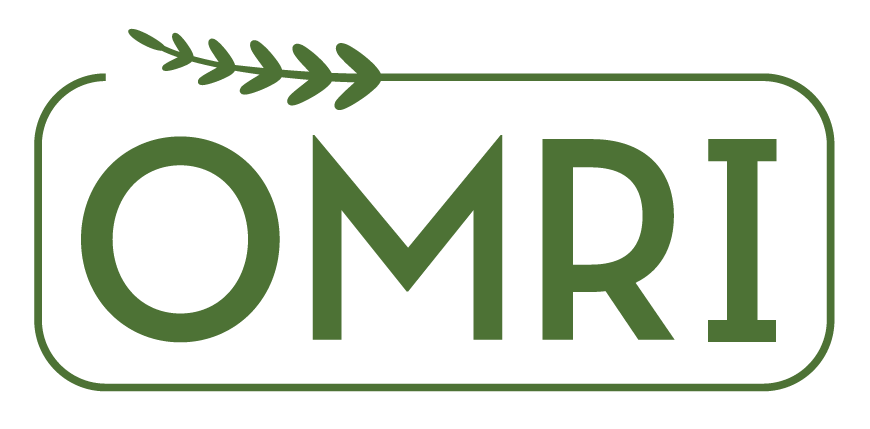
OMRI’s mission is to support the growth and trust of the global organic community through expert, independent, and transparent verification of input materials and through education and technical assistance. Input review is our biggest program. We review materials to ensure that they are compliant to organic standards in the country we’re reviewing them to (we currently review to US, Canadian, and Mexican organic standards). In addition, we have programs in education, where we provide trainings and presentations, and we also provide technical assistance in the form of contract work, comments at NOSB meetings, and so forth.
What are some of the most common misconceptions or misunderstandings about OMRI and OMRI Listed products?
The first one that comes to mind is some people think that OMRI is a government agency—which is not true. OMRI is a 501(c)(3) charitable nonprofit organization. We operate for the public good for the organic sector and consumers.
.jpg)
Another misconception is if it's OMRI Listed, then you can use it in your organic operation. That is not true. The first thing we always say is that if you're a certified farm, you have to check with your certifier for approval. Even if it's OMRI Listed, the certifier has the final say.
OMRI’s mission is to support the growth and trust of the global organic community through expert, independent, and transparent verification of input materials and through education and technical assistance.
The other thing about the OMRI Listed seal on products is that you really need to visit our website to see how the product was reviewed. Just because you see the OMRI Listed seal, you don't know whether it was reviewed to crops or to livestock or to both. Also, the website indicates whether there's a restriction on its use, such as how much you can use or when it can be used. And then our website also shows what country a material was reviewed to—US, Canada, and/or Mexico. So that OMRI Listed seal means a lot, but it doesn't mean you can automatically use an input.
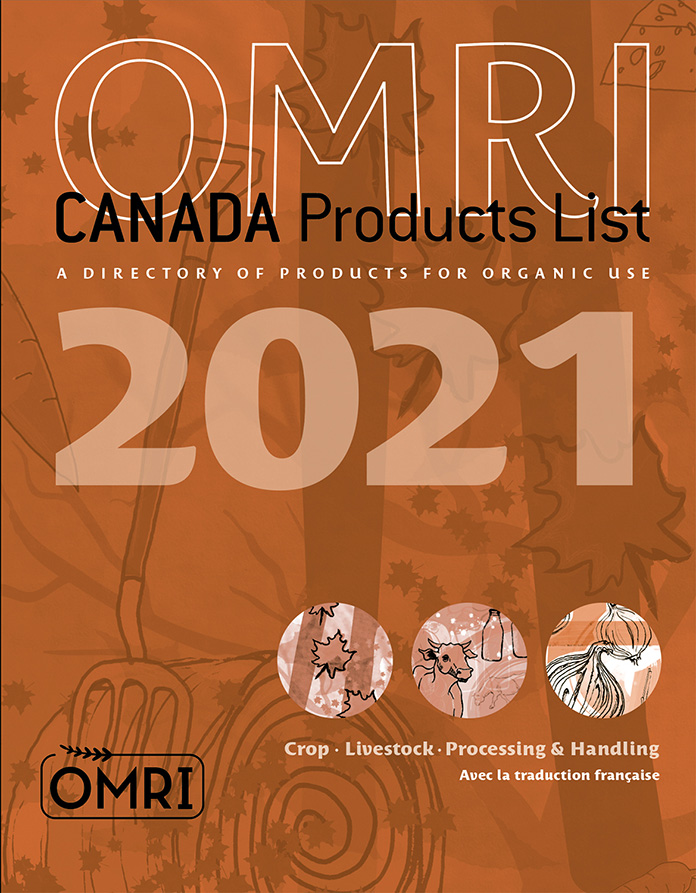
How many OMRI Listed products for crops are there in the US?
There are 7,256 crops products for the US National Organic Program (NOP). Sixty-four percent of those are crop fertilizers and soil amendments, and 25 percent are pest and disease control products. And then about 11 percent are what we call crop management tools and production aids; these are things like equipment cleaners and insect traps, things that don't have nutrient or pest control claims.
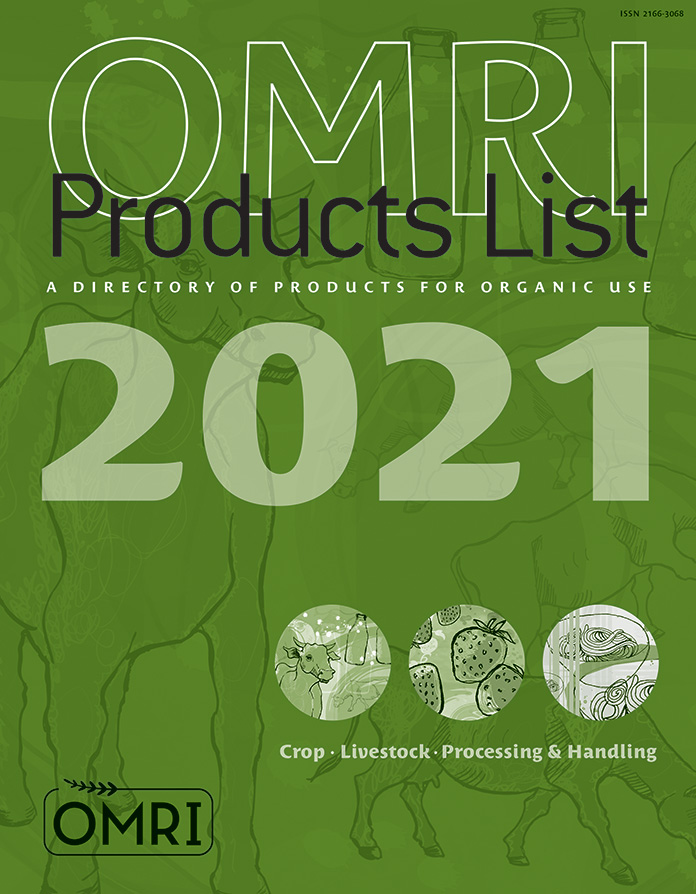
How many new products are OMRI Listed each year?
During the last year, we’ve received on average 130 initial applications per month, and the total number of OMRI Listed products grows each year between 5 and 10 percent.
OMRI is a 501(c)(3) charitable nonprofit organization. We operate for the public good for the organic sector and consumers.
What are some current trends in organic materials?
We have inspectors who go out to facilities and do inspections and sampling for us, and we're hearing back from them that some manufacturers of inputs haven't actually had production since 2019 due to COVID, and some are being forced to cut back or even stop production because of supply chain issues. So that's a concern because if organic production keeps ramping up, and these input suppliers aren't producing, we could have a potential supply gap in the future.
Another interesting trend we've been seeing is an increase in the number of products manufactured from waste materials—things like feather meal, bone meal, and so forth that are left over from other industries. We got some data from our website, and the #1 search term at omri.org in the last 30 days was feather meal; it’s a slow-release nitrogen fertilizer (with no phosphorus or potassium) that also has some calcium.
Another thing we've been seeing is that over the last three years, the National Organic Standards Board (NOSB) has recommended removing 11 non-organic agricultural substances from the National List of Allowed and Prohibited Substances. And so what that means is that there are sufficient organic alternatives so that these non-organic substances are no longer needed.
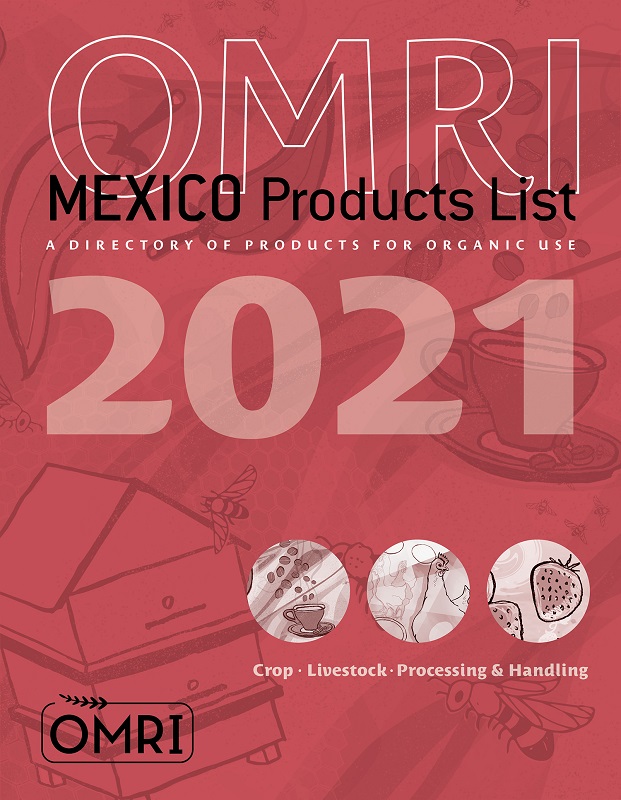
What led OMRI to launch its Mexican program last year, and how has that new venture been going so far?
We launched the program because we've been hearing from growers in Mexico for years that they wanted OMRI to provide services in their country. It’s started out really slowly, which we expected because it takes a long time to learn a new country’s standard (we had that experience when we launched our Canadian program in 2013). Right now, it's a pretty small list—about a dozen products. We have been getting applications, but we've got a little bit of a backlog. We've got about 40 products in line for evaluation review that we hope to get listed in the next year.
Another interesting trend we've been seeing is an increase in the number of products manufactured from waste materials—things like feather meal, bone meal, and so forth that are left over from other industries.
What do you wish that people without in-depth organic growing knowledge (e.g., the average consumer or retailer) knew about OMRI?
People tend to know about organic certifiers and have an idea of what they do, and I wish that people would know that OMRI also has an important role to ensure the integrity of organic foods. We ensure that the inputs used to grow organic crops are compliant to organic standards.
We like to say that OMRI makes organic easier—that's one of our slogans. Because of the work we do, certifiers can focus on certifying rather than doing input review. And it's easier for organic farmers because the OMRI Listed seal can help them identify potential inputs that they can use and take to their certifier for approval.






